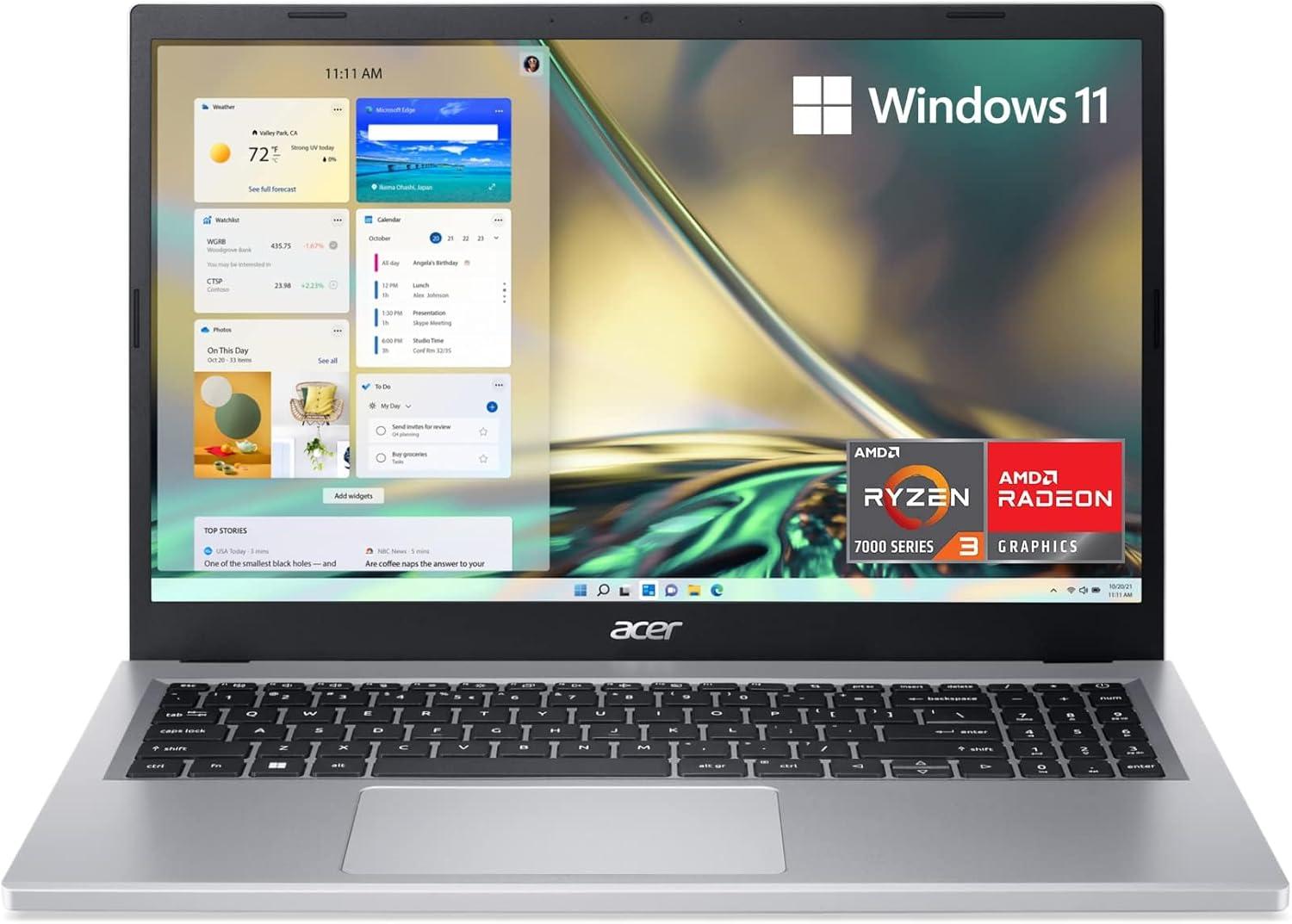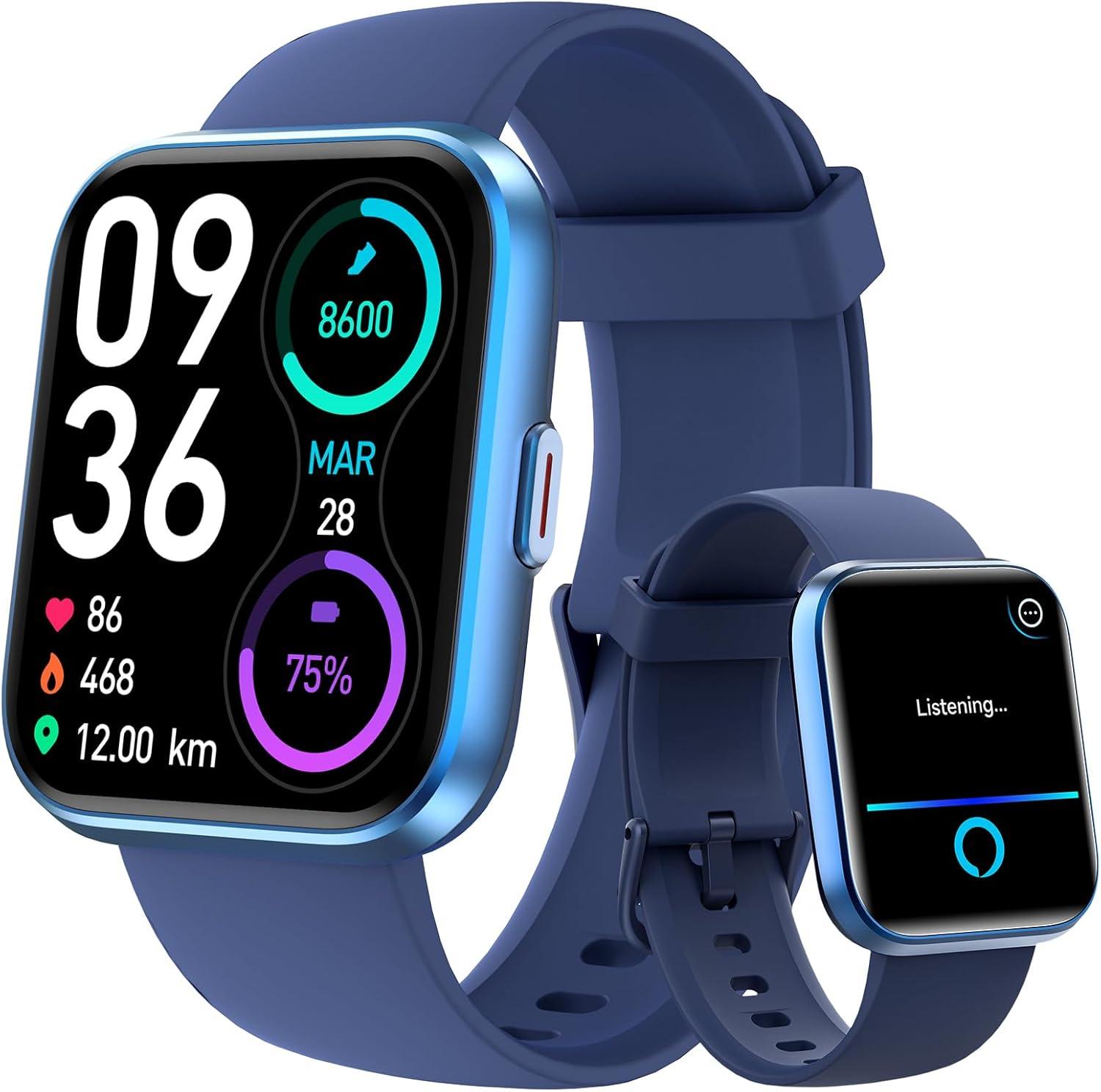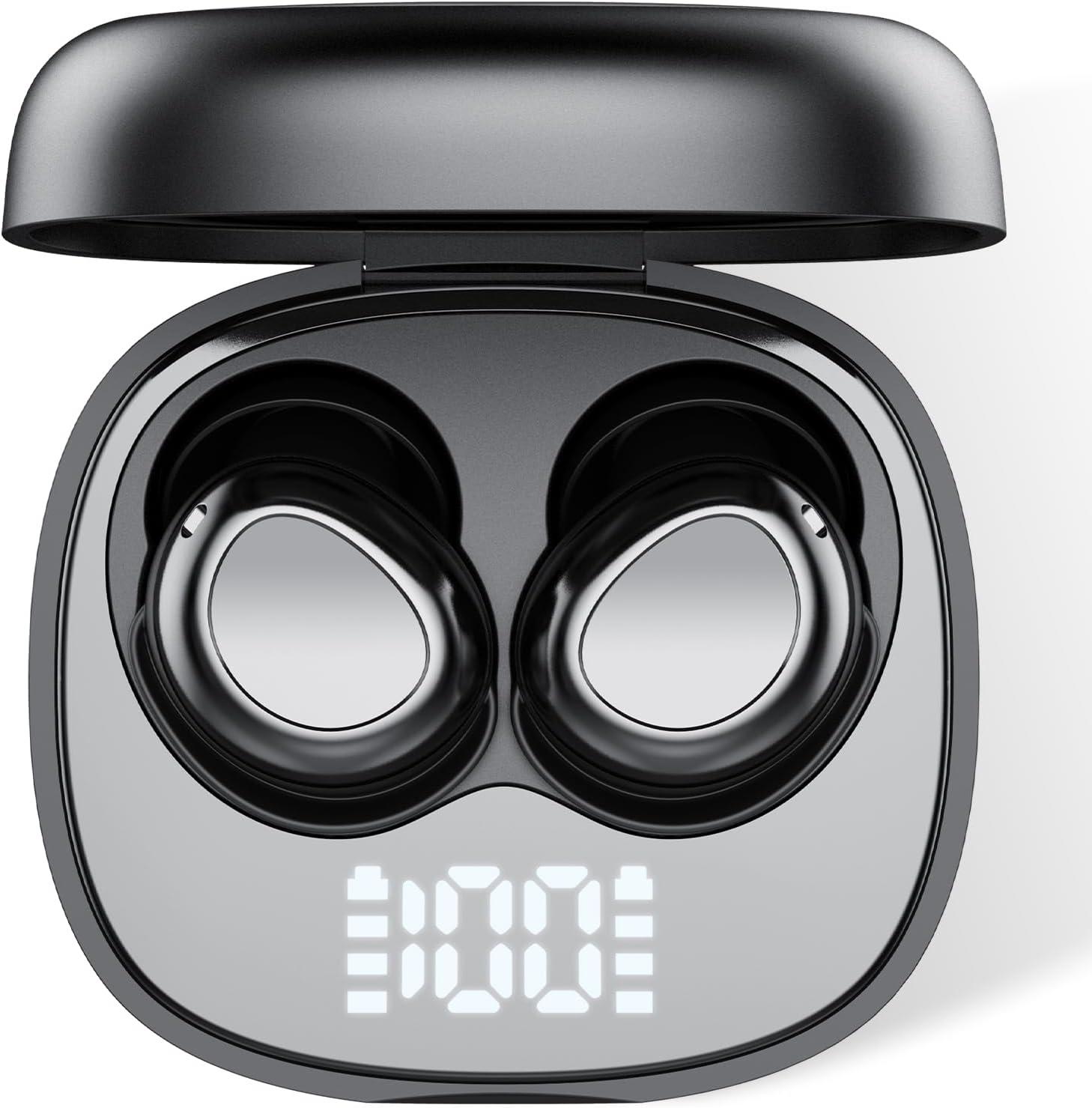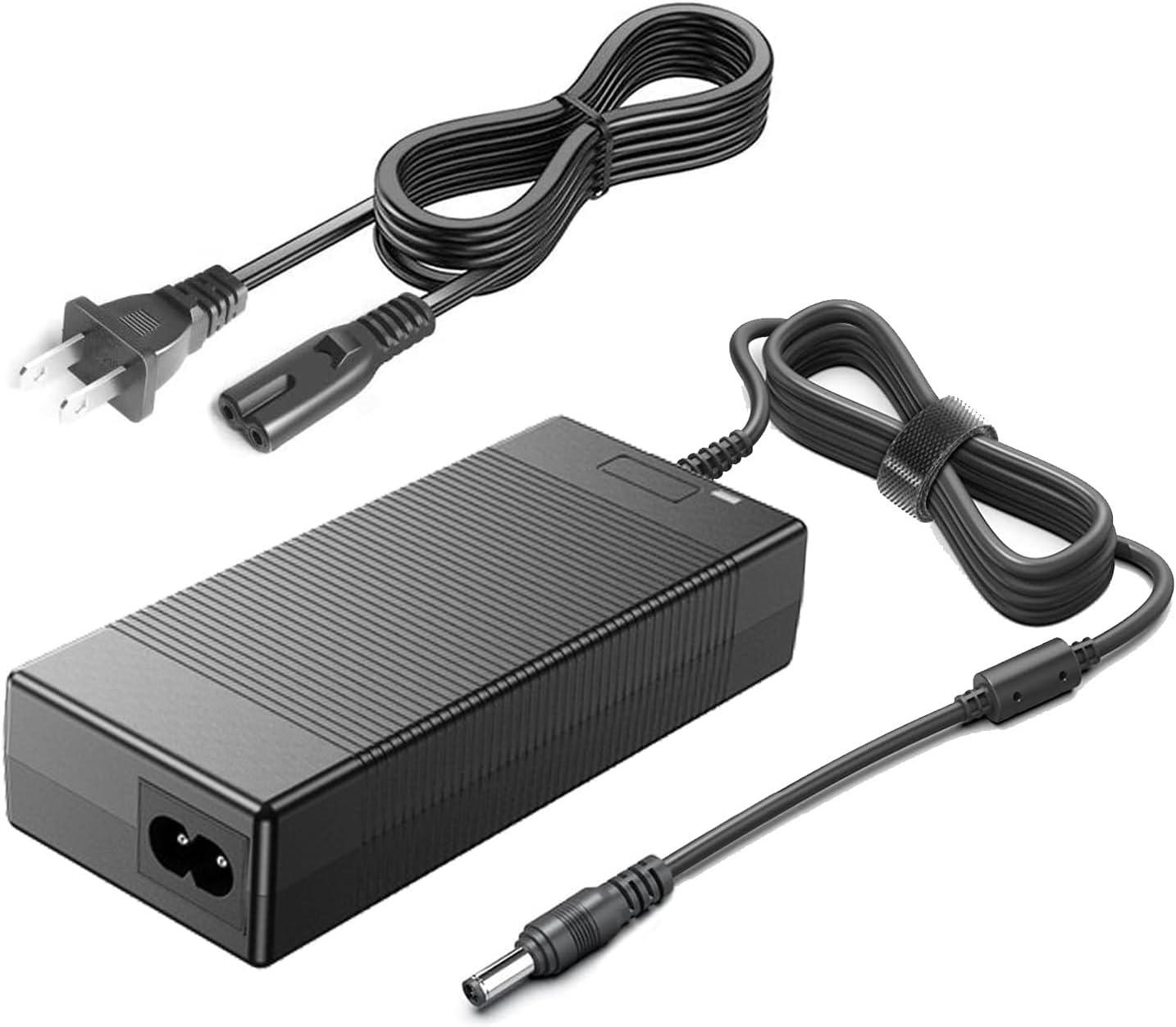Surprising Insight: %Oxygen-%Travel Gear Versus Original Chargers
When navigating the world of portable oxygen therapy, the relationship between functional necessities and versatile travel solutions often reads like a balance between form and function. Take, for instance, the humble yet essential 12 Pack Oxygen Tubing Support Crimp Straightener—a set designed to tame the tangles of tubing accessories. It addresses a specific need with precision, ensuring that every component remains organized, yet its role is strictly utilitarian within a stationary or minimally traveled setup.
Contrast this with the UL Listed 60W AC Adapter Charger, tailored for specific models like the Rove 4 or IO-401, offering a reliable power source. On the surface, its value lies in its compatibility and power delivery. Yet, it represents a dependency on the original equipment's charging requirements, a limitation that travel-centric gear seeks to circumvent or enhance.
Enter travel-specific solutions like the CURMIO Backpack and the O2TOTES USA Carrier. These items do not just carry; they are integral parts of a mobile ecosystem. The CURMIO, with its mesh panels for breathability, exemplifies adaptation to the organic shape of the user and the organic movement of travel, while the O2TOTES focuses on the specific ergonomic needs of a premium model like the Inogen One G5. They prioritize integration, comfort, and the longevity of the device during transit over individual component management.
Herein lies the surprising insight: some gear adds value through utility in isolation, while others achieve their greatest purpose through synergy with the entire system. The tubing straighteners and original chargers support individual parts effectively; the travel gear elevates the experience by facilitating seamless movement and care for the complete unit. Each serves its purpose, but their contexts—and the insights they offer about how we interact with our medical devices on-the-go—could not be more divergent.





